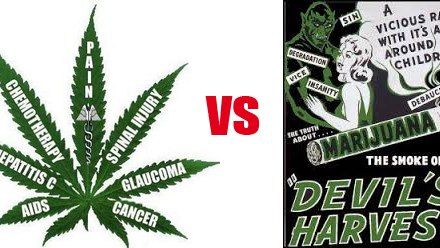From CDC’s National Center for Health Statistics:
“Provisional data… indicate there were an estimated 107,543 drug overdose deaths in the United States during 2023—a decrease of 3% from the 111,029 deaths estimated in 2022.”
Three percent may not sound like that big a deal. But it represents several thousand lives saved. And perhaps most significantly, it’s the first time we’ve seen a decline in drug-related overdose fatalities in five years.
Here’s the press release:
U.S. Overdose Deaths Decrease in 2023, First Time Since 2018
Fentanyl is still the big killer, of course. That’s where we saw the biggest decrease in number of cases. It seems as if stimulant overdoses, cocaine and in particular methamphetamine, may have actually increased during the year.
Stimulants and opioids are often found in combination so it can be difficult to attribute a particular death to one or the other. CDC provides an explanatory note: “Deaths may involve multiple drugs, while others might not specify any specific drug. As a result, the sum of deaths attributed to specific drugs may not equal the total number of drug overdose deaths.”
Ah, statistics.
The decline in overdoses is probably not attributable to any single factor — a change in the law, new prevention efforts, access to treatment, the availability of medications, etc. It could conceivably be related to all of those, or to other factors as well.
Some less good news: Law enforcement sees evidence of aggressive efforts by drug cartels to establish supply lines and operations within the US. That could further alter the profile of drug abuse in the coming years.
Still, a decline in OD is a positive sign.
One thing epidemics have in common: an eventual endpoint. An overdose epidemic could conceivably be declared ended when the number of new cases is no longer growing, and has been in steady decline for a designated number of years. Nobody would argue we’re there yet.
But perhaps we can see a glimmer of light at the end of the tunnel.













